
An interesting and complex topic at the same time is undoubtedly that of substrates. Depending on the cultivation needs of each plant, as well as the climatic conditions that exist in each place, it will require one sustenance or another. This will have to help their roots so that they can develop correctly, and as a consequence, it will also cause plant growth is optimal.
Nowadays the gardener has many types of growing materials, and for this reason, it is very common that the neophyte gardener, even those who have already been in this fascinating world of gardening for years, have doubts about which one to provide. to your plants. For all of them, this goes substrate guide which we hope will be useful to you.
What is the substrate?
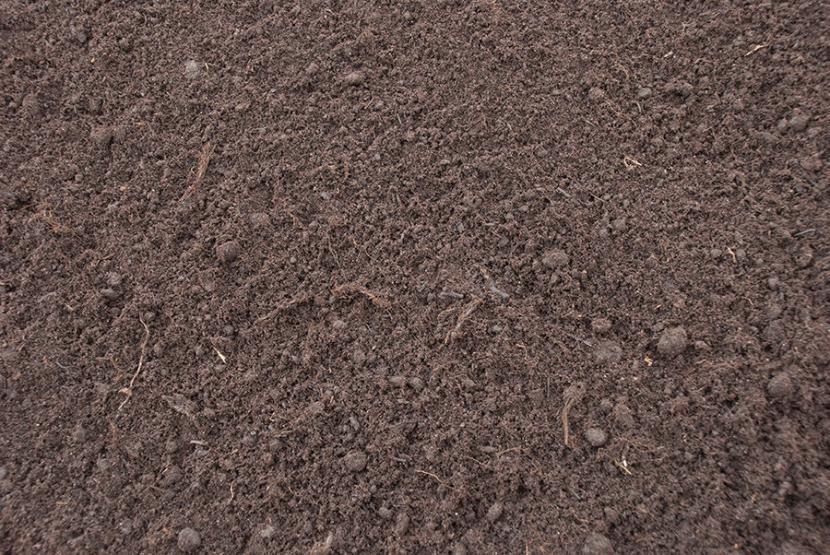
Black peat
Before entering fully into the subject at hand, it is necessary to know what we mean when we talk about substrate. Well, the substrate is just a solid material, of organic, mineral, or residual origin, which serves as an anchor to the plant. It can be used pure, that is, using only one type of substrate, or mixing several.
It is also important to note that this material, or set of materials, may or may not intervene in the nutrition process of plant beings.
Properties
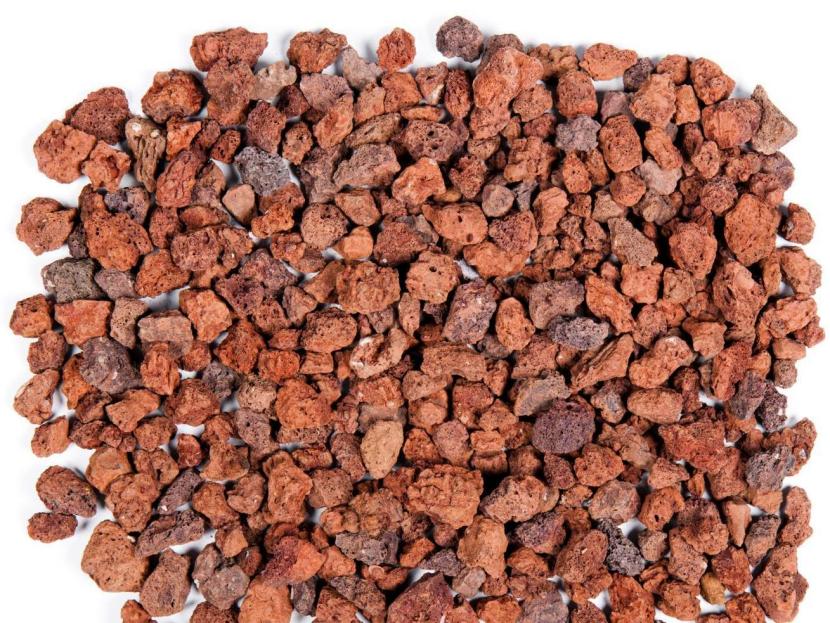
Volcanic greda
A good substrate will be one that, as we said, will help the plant to grow vigorously and without any problem. But, What properties must it have to fulfill this function?
The truth is that it will depend a lot on the growing conditions, but in general we will have to choose one that is:
- Porous: the one that is porous will be the one that is not too occupied by solid particles. Plants are very sensitive to overwatering, except of course aquatic ones, and that is why they need a substrate that does not have a tendency to compact, since otherwise their roots would suffocate.
- Fertile: when we talk about a substrate being fertile, we mean that it has nutrients that can be absorbed by the roots. With this in mind, all plants except carnivores will do great in fertile soil.
- Natural: It may sound a bit strange, since all substrates are extracted from the planet, but a natural substrate is one to which nothing artificial has been added. Although chemical fertilizers will be very useful to fertilize our garden, in nature plants have everything they need, and it is for this reason that the use of natural and ecological products is recommended, including substrates. In this way, we will ensure that the plant will not miss anything.
What types of substrates can we find?
In nurseries and garden stores we find various types of substrates: mixed, unmixed ... Where do they come from and what are their main characteristics?
akadama

akadama
La akadama It is the quintessential substrate for bonsai, imported from Japan. Of volcanic origin, this granular clay is capable of conserving the ideal humidity for the plants, something that facilitates that the roots are always well aerated and can develop correctly. As it has a neutral pH, it can be used neat or mixed with other substrates.
You can buy it here.
kanuma
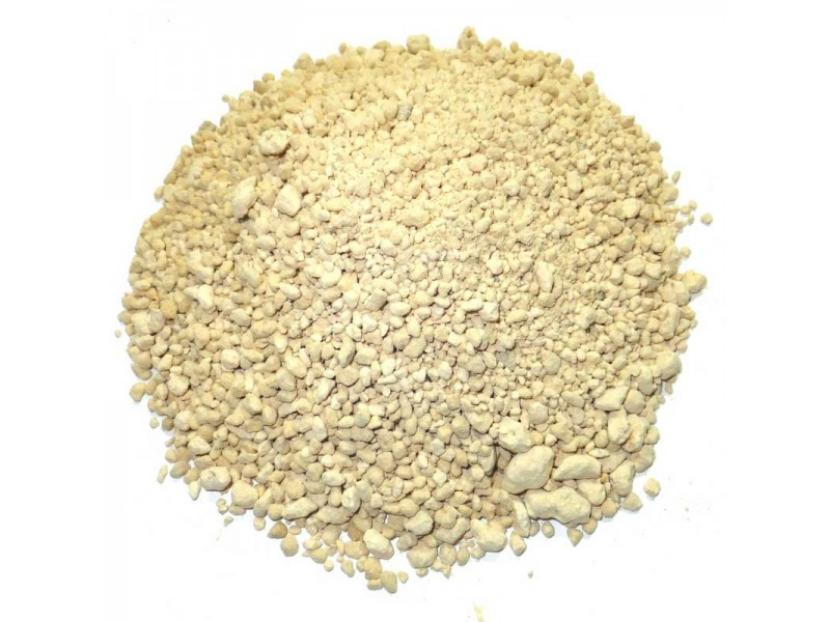
kanuma
La kanuma It is a substrate imported from Japan, widely used for the cultivation of acidophilic plants, such as azaleas or hydrangeas. It comes from the eroded volcanic remains of the Kanuma region. Its pH is low, between 4 and 5, and it has a really beautiful yellow color.
Get it here.
kiryuzuna
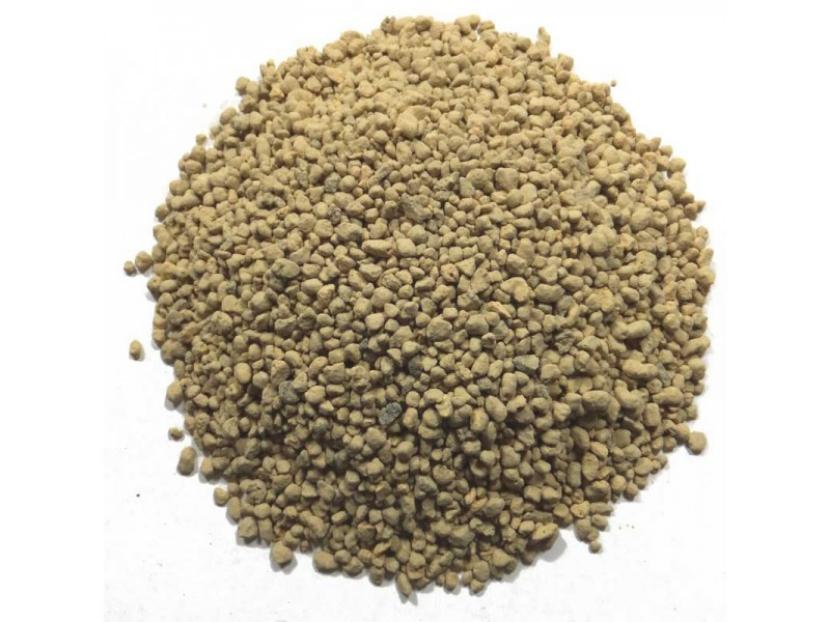
kiryuzuna
La kiryuzuna It is of mineral origin, and is composed of decomposed volcanic gravel. It has a pH between 6 and 5, and a high iron content. In addition, it has the extraordinary quality that it does not decompose.
Buy it here.
Mulch
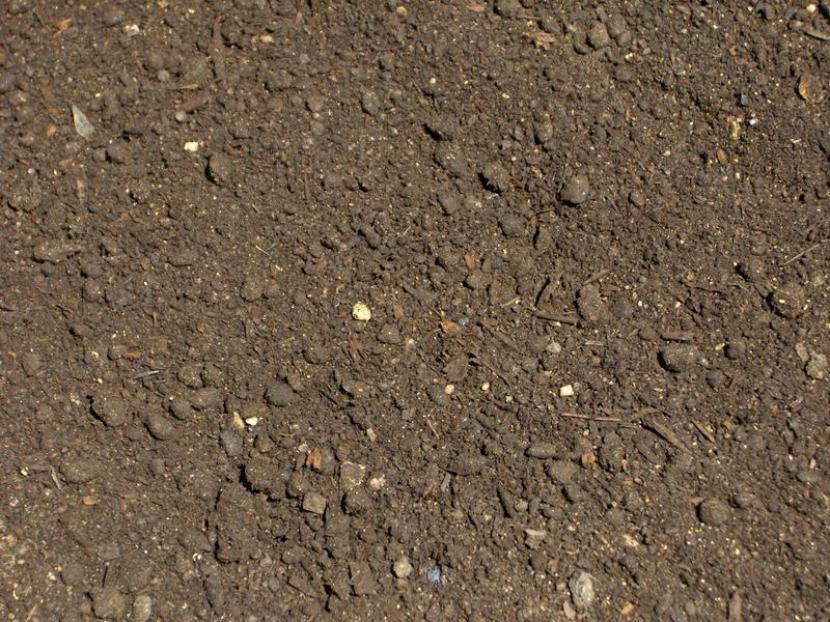
Mulch
El mulch it is a natural substrate that we can find in our gardens. Yes, yes, indeed: it can be done at home, since it is made up of decomposed plant remains. Depending on the state of composition, as well as the climatic conditions, it will have a more brownish or blacker color. It maintains humidity for a long time, in addition the plants will find in it all the nutrients they need to grow.
Perlite

Perlite
La perlite It is a highly recommended material due to its porosity. Although it is a bit curious to us, it is a volcanic glass that has a high water content. It is called thus, if it is observed by the microscope, they can be seen as pearls inside.
Get it by clicking here.
Peat
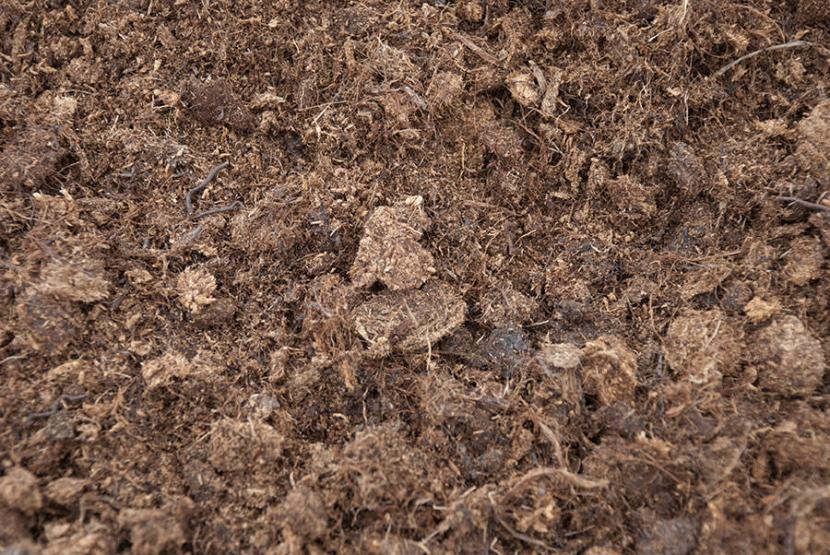
Blond peat
La peat It is the most widely used substrate for plants. It is formed as the plant debris in swampy places decomposes. There are two types: black peat and blonde peat.
- Black peat: forms at low altitudes. They have a dark brown color due to the fact that the remains are in an advanced state of decomposition. They have a pH between 7 and 5.
- Blond peat: forms at high altitudes. They are light brown in color, and have a pH between 3 and 4.
Both have great water retention capacity, but in very dry and hot climates they can become excessively compacted.
Get the black peat here and the blonde for here.
Vermiculite
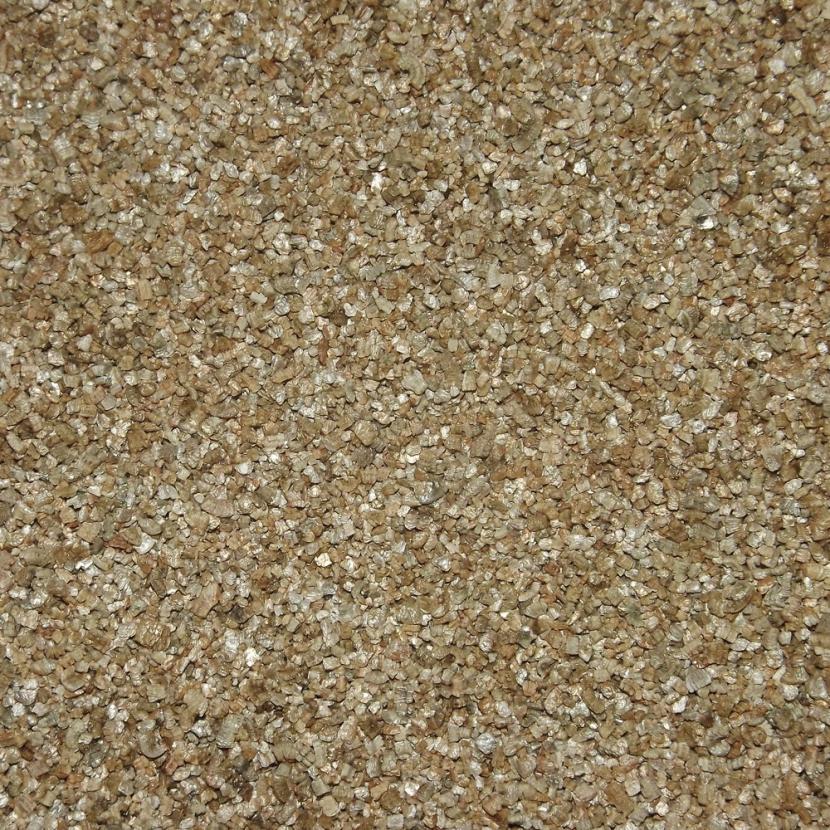
Vermiculite
La vermiculite It is a mineral substance that, when heated, dehydrates and increases in volume. It has a high absorption capacity.
What substrate do I put on my plants?
As each type of plant requires one substrate or another, let's see which are the most advisable depending on the plant being that we want to cultivate:
Trees and shrubs
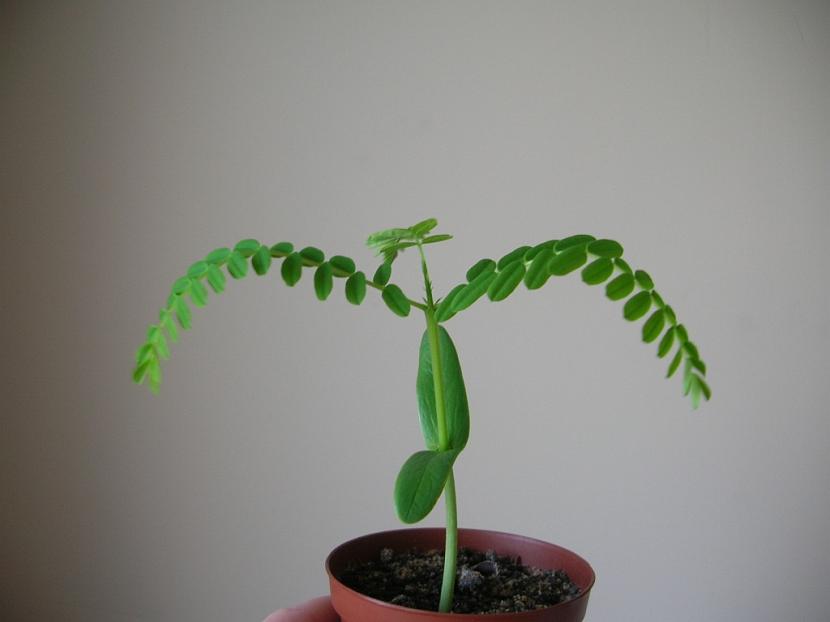
Delonix regia 1 month old
The trees and shrubs They are plants that, depending on their origin, will grow better in some substrates or in others. Thus, we have:
- Acidophilic trees and shrubs: for them there is nothing better than using 70% akadama (buy it here) and 30% blond peat (get it). Other options are, for example, 50% blond peat, 30% perlite and 20% mulch.
- Mediterranean trees and shrubs: these types of plants are prepared to withstand drought, so we will use substrates that have a high pH (between 6 and 7), such as 70% black peat mixed with 30% perlite. Or quality universal substrate, such as this.
- Trees and shrubs that live in areas where rainfall is high: these types of plants require high humidity, so the substrate that we put on them must be able to retain water. Thus, we will use black peat (60%), which we will mix with vermiculite (30%) and a little perlite (for sale here).
Bonsai
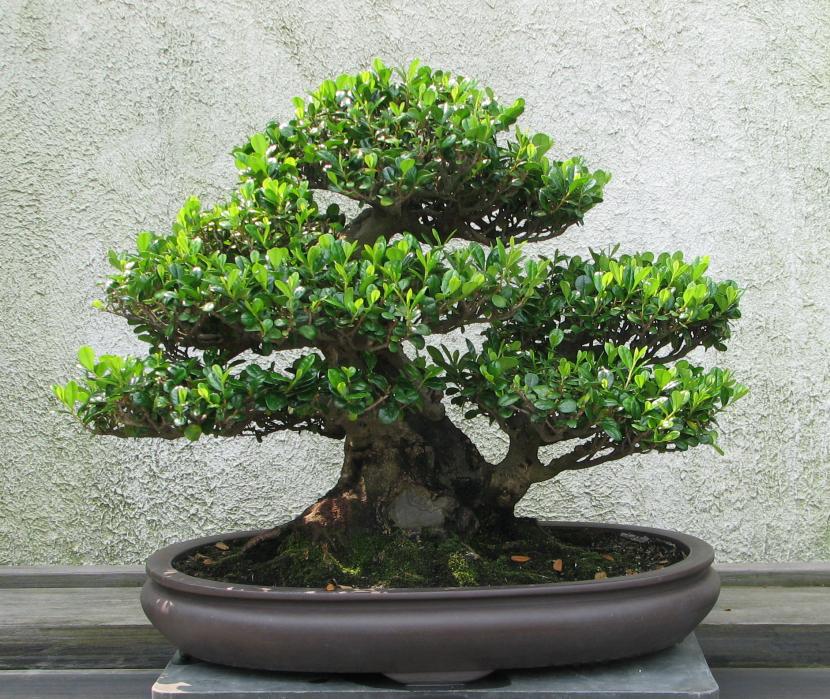
Eurya Bonsai
The bonsai they are trees (or shrubs) that are kept in trays with very little substrate. When we embark on the task of working a tree to turn it into a work of art, what interests us most is that its trunk widens. For this, it will be essential to choose a substrate that allows the roots to be properly aerated, but that can also help the plant to acquire shape.
Thus, the most recommended will be the akadama mixed with kiryuzuna (70% and 30% respectively), or mixed with kanuma (for sale here) if it is an acidophilus species. Also, if you prefer, you can use specific substrate for bonsai, like the one they sell No products found..
Cactus and succulent plants
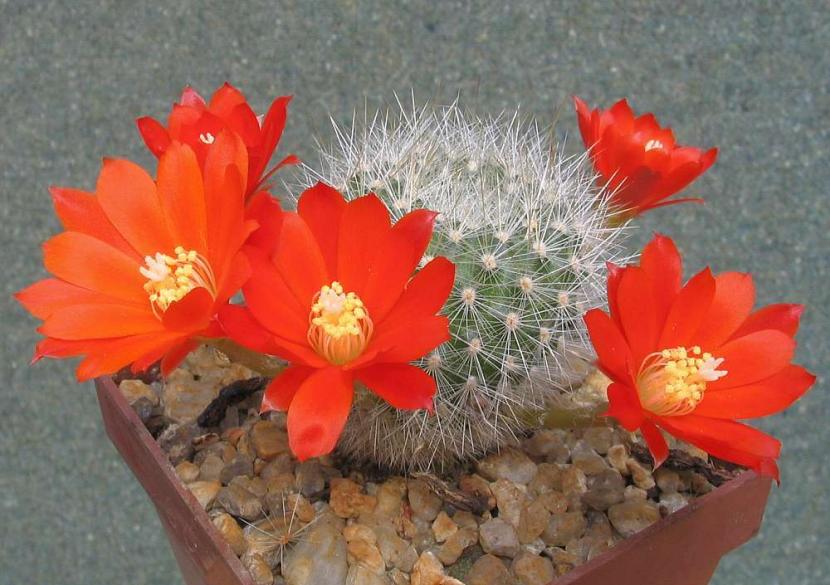
Rebutia fiebrigii
The cactus and succulents They live on sandy soils, so the most suitable substrate for them will be the one that facilitates rapid and total water drainage, since they also tend to have problems with excess moisture.
With this in mind, it is recommended to mix 50% vermiculite with 40% black peat and 10% perlite. This mixture will also serve us for the seedbeds. An equally valid alternative is the cactus soil that they already sell prepared, but it is important that it be of high quality. Therefore, we recommend this one that they sell here.
Acidophilic plants

Camelia
All the acidophilic plants, like Japanese maples, camellias, hydrangeas, and others, require a very porous substrate, but at the same time maintain a certain degree of humidity. Especially if we have this type of plants in climatic zones that prevent them from having a normal vegetative development, that is, in places where the temperatures are too extreme (both minimum and maximum) for them, it is essential to choose the sustenance of these plants well. .
While you will find ready-made substrates (such as this), these will only be good for us if our climate is right for them. Otherwise, we will have to use, for example, akadama and kiryuzuna (at 70 and 30% respectively), because in this way we will have guaranteed the success of the cultivation of these plants in theoretically difficult places so that they can survive.
Palms
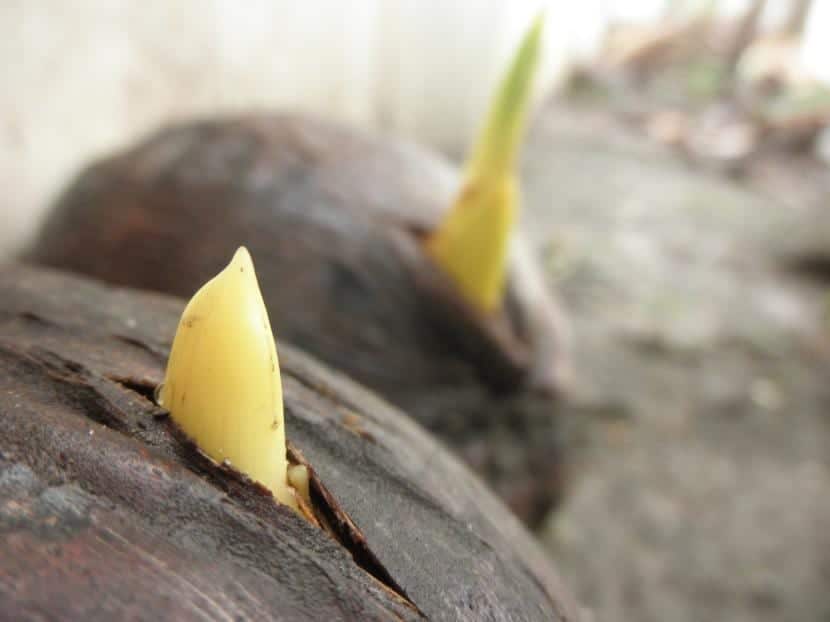
Cocos nucifera germinating
All the palms they are exceptional plants, very decorative, capable of giving that exotic touch to any garden. However, in the juvenile phase it is highly recommended that they be grown in pots. But ... on what substrate?
We can actually use equal parts black peat and perlite, but since we try to give our plants the best of the best, an ideal mix will consist of mulch (get it here) and perlite 50%. It is also highly recommended to add a first layer of akadama inside the pot to make the excess water drain easily.
Garden and flower plants
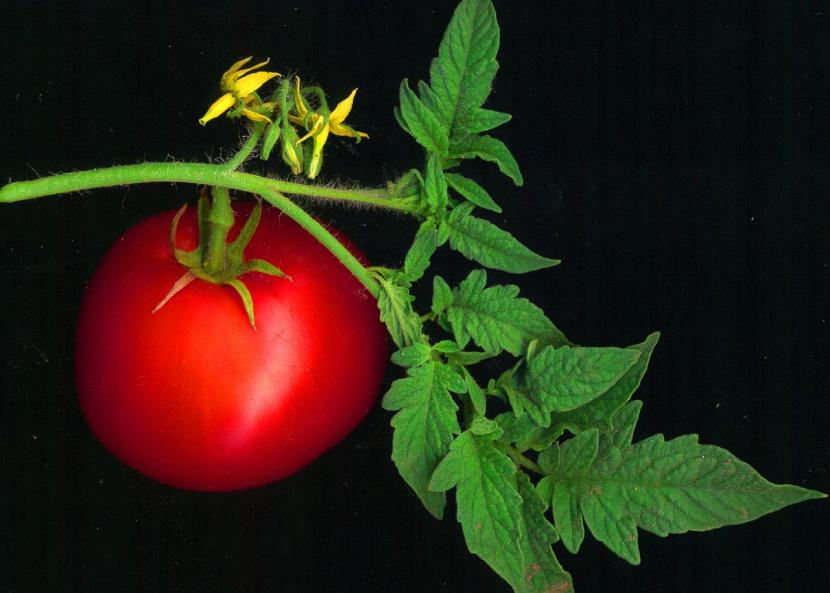
Tomato
Our garden and flower plants they are very grateful, so much so that they will not ask us to make too much trouble looking for the best substrate for them.
In fact, if we mix 80% black peat with 10% perlite and 10% mulch, we will obtain healthy seedlings and with exceptional growth. If you are looking for an alternative, this ready-made mixture of substrate for urban garden that you can buy will do. here.
Carnivorous plants
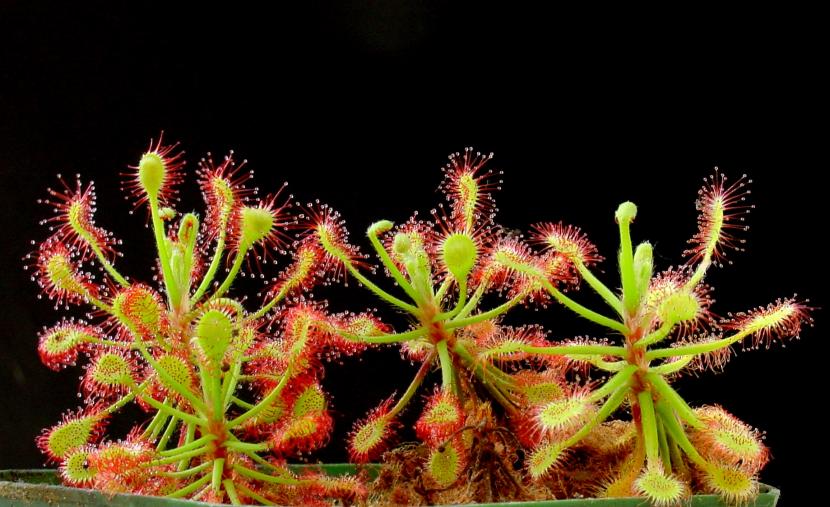
sundew madagascariensis
All the carnivorous plantsAs they have evolved, they have adapted to amazing conditions. In the soil where they grow, which is always humid, there are hardly any nutrients, so they have been forced to have to look for their food by modifying their leaves until they become the most incredible traps nature has created.
With this in mind, we will use natural blonde peat to make sure they have all the moisture they need and, if we want, we will mix it with a little perlite to prevent the roots from having problems with overwatering. You can also buy ready-to-use substrate for carnivores, such as this.
As we can see, the issue of substrates is really very important. Therefore, we hope that this guide is practical for you so that you choose the most suitable for your plants, and that they can look splendid.







Excellent article Monica, I am starting and every time I read your publications I learn something else, thank you !!! Glory
Thank you very much for your words, Gloria 🙂
hello, about the akadama, i have seen in sicila rocks from the etna volcano there are of various sizes, is this akadama or just akadama is from japan? regards
Hello Efraul.
The akadama used for bonsai and other plants comes from Japan.
A greeting.
Hello, I would like to know if there is any way to get the nutrients out of a fertilized blond peat.
Thank you very much
Hello Tomas.
No, it is not possible at a domestic level (in a chemistry laboratory, perhaps it could be). The nutrients are something so, but so small that it is not viable.
Regards!
Very complete your article Monica, congratulations!
Thank you very much, Miguel Angel 🙂
Is the akadama suitable for orchids? I have a few Cymbidiums on the outside and I need to change them and clean everything "pocho" or dead!
If not, what substance do I have to put, which is the best?
Hello, Martha.
You can use akadama without problems. It is very porous and will keep the roots well aerated.
A greeting.
Hello good afternoon Monica
Would you tell me what type of substrates are necessary for different types of seeds, I enumerate, Citrus, Maple, Pine, Pomegranate, Chirimollas Eccetera
On the other hand for the same but with Stakes
Thanks in advance
H. Alonso
Hello Hermogenes Alonso.
Maples need acidic soil (pH 4 to 6), the rest can be planted in substrates with pH 6 to 7.
The same for the stakes.
A greeting.
What would be the ideal substrate for cannabis? Thanks
Hello Roberto.
A good mix according to experts in the cultivation of this plant is the following: 40% black peat + 20% coconut fiber + 20% perlite + 10% vermiculite + 10% worm humus.
A greeting.
Good Morning. I transplanted a spathiphylium the other day and put drainage and purchased substrate in the pot, but it seems to be musty. It is normal. Is it because of the substrate? The leaves are languid. Can you help me?
Hi Lupe.
How often do you water it? If you have a plate under it or in a pot without holes, it is possible that it is having a hard time due to excess water.
We recommend you consult your plug to see what may be happening to him.
Greetings.
Hello Monica, excellent article, I have a specific query, for tulips, which is the best substrate or mixture in an oceanic climate, chiloe?
Hello Harmony.
You can use universal growing medium, but I recommend mixing it in equal parts with previously washed river sand, balls of expanded clay for plants or similar (pomex, perlite, akadama).
A greeting.
Observe the contradiction
The kiryuzuna is of mineral origin, and is composed of decomposed volcanic gravel. It has a pH between 6 and 5, and a high iron content. In addition, it has the extraordinary quality that it does not decompose.
Hi John.
By the first "compound" he meant that it is made up of volcanic gravel.
A greeting.
Hi Monica: I am enthusiastic about the purpose of growing Fuchsias, because I like them a lot and because of an affective matter, I have been getting into the issue of their propagation after going through aromatic and succulent. Looking for information on the subject that you comment so well here, I came across this one, your comment. Impeccable contribution that abounds in details and clarifies the ideas that we enthusiastic neophytes carry on with us, who stubbornly persist over and over again in achieving what for some is common matter. Reading to you was a pleasure, due to the richness of your writing, the clarity and ease of understanding each aspect discussed there is enhanced by the graphic accompaniment used. That makes it easier for us not only to see the differences between various substrates but also to understand why they are useful to the requirements of each plant. Thank you, affectionately
Thank you very much Jako for your words.
It is always a pleasure to write about plants, and more when what you write tells you that it is useful 🙂
If you want to know more about fuchsias, I leave you this link. Anyway, if you have any questions, contact us.
Regards!
The exposed information is very interesting .. thank you very much!
Thanks for your words, Nancy 🙂
Hello Monica, I have several plants that I have not been able to include in the exhibition
For example, lavender, when I buy them and transfer them to a larger pot, I water them and see that they drain, but the soil retains moisture and falls to the ground, dying later. I recently bought another so-called horse face, and it has rotted in two weeks by watering it only once when planted and having drained
I bought carnations but they have barely grown, and the leaves turn a whitish hue
regards
Thanks for the guide, very complete!
Thanks to you for stopping by and commenting, Asher.
Hello Monica. What substrate do you advise me for the seedlings from Hibiscus seeds? Then, when transplanting them, it will be the same? Thanks a lot.
Hello Satxa.
For the seedbed I recommend coconut fiber, or the universal substrate of the Flower or Fertiberia brands.
When they grow up, the first one will not be of much use to them since it has almost no nutrients; instead the other yes.
Greetings.
Good article but I don't think I have seen the ideal substrate for succulents?
I wanted to reproduce mine (francesco baldi) and I'm not sure what mix to use.
Hi Lary.
It is recommended to mix 50% vermiculite with 40% black peat and 10% perlite.
Regards!